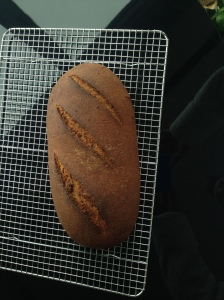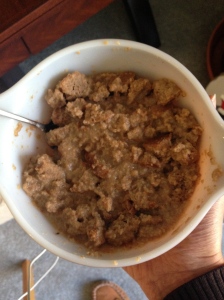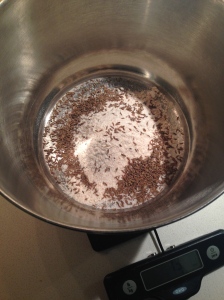Lesser known are the milder, calmer, non-carnivorous dragons. This doesn’t mean they are any less interesting, but they are far less dangerous to the random traveler, and potentially more hospitable to those they meet. Their temper can still flare some, but they are less prone to fiery outbursts and devouring man and beast. May this warm, hearty, mildly fiery stew connect you with those dragons of the friendlier kind … or at least warm your belly.
Vegetable-Lentil Slow-Cooker Soup
Ingredients:
- 1-1/2c red lentils
- 3 large carrots, peeled and diced
- 1 red bell pepper, chopped
- 1-1/2c celery, chopped
- 3 russet potatoes, peeled and chopped
- 1 onion, chopped
- 1 can chick peas
- 3 garlic cloves, minced
- 1t salt
- 1t parsley
- 1t oregano
- 1/2t paprika (smoked works best!)
- 1/4t cayenne pepper
- 6-1/2c vegetable stock
Instructions:
- For same day cooking: place all ingredients in a slow cooker cauldron and pour in vegetable stock. Cook on high for 5 hours, or low for 8 hours.
- For next day cooking: prep everything except the garlic and seasonings. Store in root-cellar or appropriate substitute. On the next day, dump everything into the cauldron (base ingredients, seasonings, and broth), and cook as above.
- In preparation to cook another day: add all ingredients — except for broth — to a large magically zipping bag and place in ice box. When ready to use, remove the bag, dump contents into slow cooker, and add broth. Cook on high for 5-6 hours, or low for 8-9 (low can be better for frozen). Since the frozen contents may be uncooperative with being “dumped”, a brief period of thawing may be wise.











